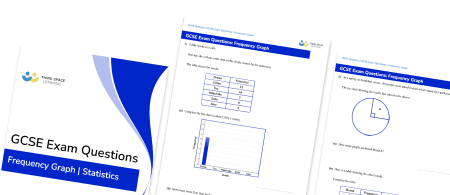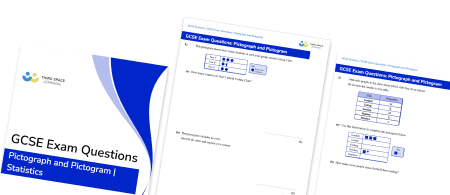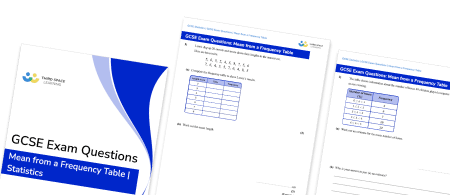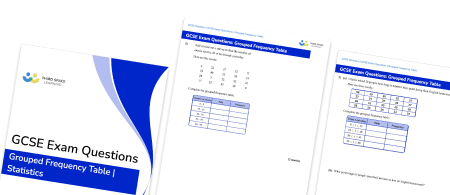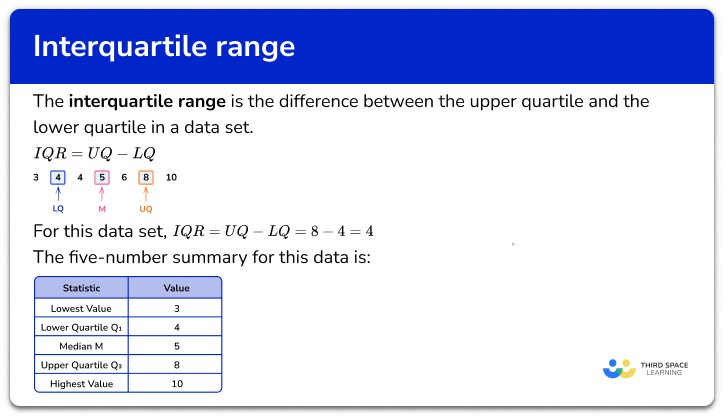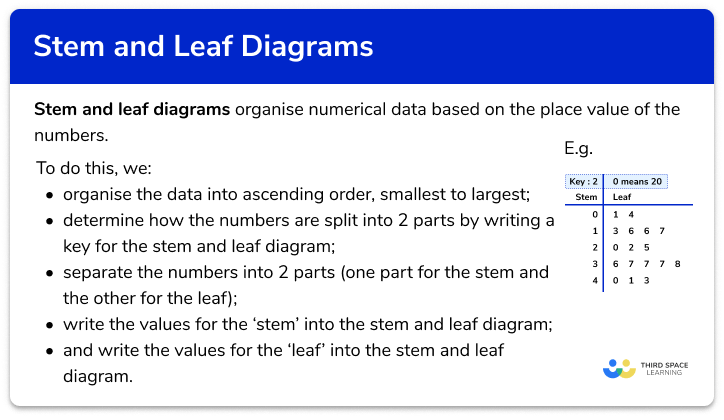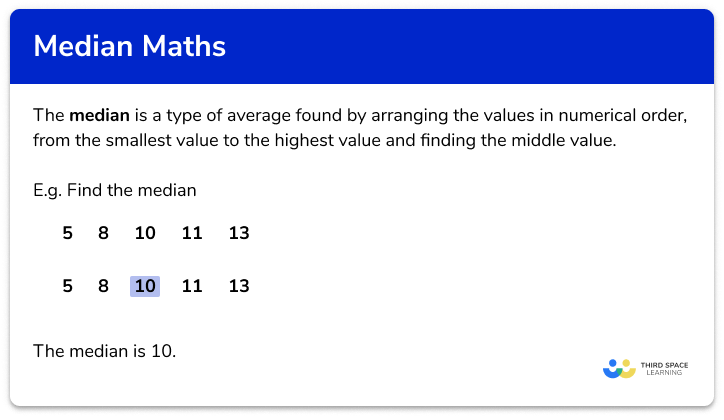FREE DOWNLOAD
Pie Chart Worksheets

Help your students prepare for their Maths GCSE with this free pie chart worksheet of 25 questions and answers
- Section 1 of the pie chart worksheet contains 18 skills-based pie chart questions, in 3 groups to support differentiation
- Section 2 contains 4 applied pie chart questions with a mix of worded problems and deeper problem solving questions
- Section 3 contains 3 foundation and higher level GCSE exam style questions on pie charts
- Answers and a mark scheme for all pie chart questions are provided
- Questions follow variation theory with plenty of opportunities for students to work independently at their own level
- All questions created by fully qualified expert secondary maths teachers
- Suitable for GCSE maths revision for AQA, OCR and Edexcel exam boards
Pie chart at a glance
Pie charts (sometimes called circle graphs) are a type of frequency diagram used to display categorical data, for example, the favourite foods or holiday destinations of a number of students.
The first step when drawing a pie chart is to use a pair of compasses to construct a circle, and draw a vertical line from the centre to the circumference – this is where we measure the first angle from.
Next, we calculate the angle size for each category – this links with prior knowledge of proportional reasoning, percentages and decimals.
For example, suppose in a class of 30 students, 12 students chose Spain as their favourite holiday destination. As a fraction, this is 12 over 20 which simplifies to 2 over 5. Next, we need to work out 2 fifths of 360, which is 144. This means we need to measure an angle of 144° from the vertical line, using a protractor. We then proceed to do the same for the other categories until the pie chart is complete.
When interpreting data, it is important that students can work backwards to measure the angle and find the proportion represented by each angle – this is particularly useful when comparing two pie charts.
Looking forward, students can then progress to additional Statistics worksheets, for example a frequency polygon worksheet or histogram worksheet.

For more teaching and learning support on Statistics our GCSE maths lessons provide step by step support for all GCSE maths concepts.
Do you have students who need additional support?

With Third Space Learning's secondary maths tutoring programmes, students in Year 7-11 receive regular one to one maths tutoring to address gaps, build confidence and boost progress.
"My confidence in the tutoring is high. We've had some phenomenal results. I even had one girl get a Grade 8 this year; she came to every tutoring session."
Stacey Atkins, Maths Director, Outwood Grange Academies Trust

